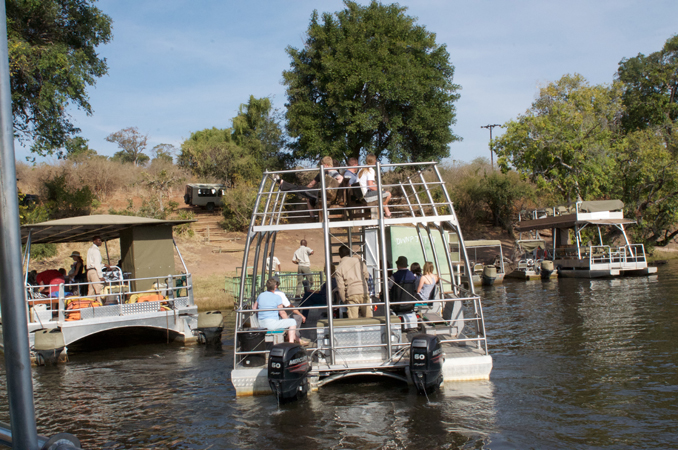Antibiotic resistance is a global problem, threatening both human and animal health. A recent study shows that antibiotic resistance has spread into wildlife populations in Chobe National Park, a spectacular park located along the Chobe River in Botswana. In this region, humans and wildlife live in close proximity and significant antimicrobial resistance occurs in human populations. In a study published in the Journal of Wildlife Diseases, Jobbins and Alexander tested Escherichia coli isolates obtained from 19 different animal species living in this area for resistance to ten different antibiotics. They found that antibiotic resistance was widespread. For example, 50% of fecal samples from hippos contained E. coli resistant to one or two antibiotics and 16.7% contained isolates that were multidrug resistant. Multidrug resistance was significantly higher in wildlife inhabiting urban areas, which is consistent with prior studies that show that the occurrence of multidrug resistance in wildlife is associated with anthropogenic influences. Studies like this demonstrate that wildlife populations can serve as sentinels for the spread of antibiotic resistance in the environment.



One thought on “Antibiotic resistance spreads into wildlife populations”